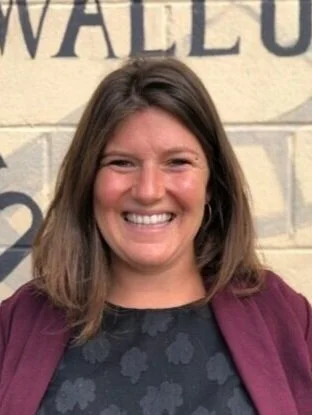Angela Bombaci
Executive Director, Nez Perce Wallowa Homeland
Wallowa County, Oregon
08/26/21
Passion lights up Angela Bombaci’s faces as she talks about her role as Executive Director of the Nez Perce Wallowa Homeland, a nonprofit that manages a 320-acre property in Wallowa, Oregon, that aims to reconnect Nez Perce people with their ancestral homeland. With miles of walking trails, a longhouse and beautiful dance arbor for gatherings and ceremonies, and a major salmon restoration project, the Homeland has become a hub for native culture in Wallowa County.
In 1877, the Nez Perce people were violently displaced by white settlers and the US government from what is now Wallowa County. Angela believes that the mission of the Homeland is even more important because of this. She is dedicated to helping provide the Nez Perce people the platform to tell their own story and a physical place to gather on the land that was once occupied by their ancestors since time immemorial.
Angela says that “The highest priority [of the Homeland] is to create space for people to celebrate their culture.” This has included large, joyful gatherings like the Tamklik powwow, smaller events like naming ceremonies and celebrations of life and death, and groups like Semester in the West visiting to learn about Nez Perce story.
Angela has worked hard to facilitate positive relationships between current Wallowa residents and Nez Perce tribal members and has been thrilled by the joy and excitement she has received in response.
By Livvie Bright
Photo courtesy Nez Perce Wallowa Homeland



